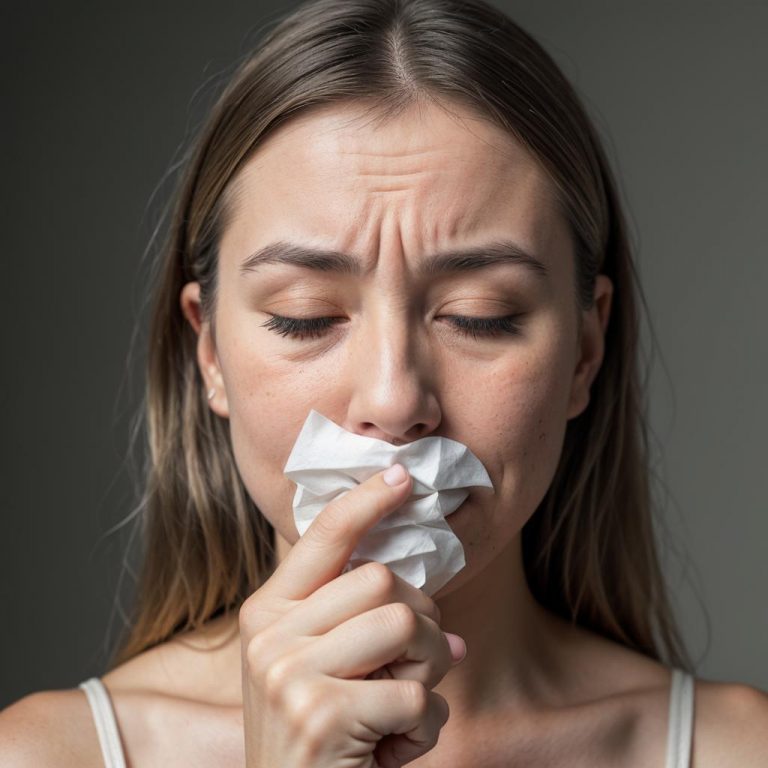

Understanding mold allergy
Mold allergy, also known as allergic rhinitis caused by mold spores, is a common respiratory condition triggered by inhaling mold spores.
Mold is a type of fungus that thrives in damp, warm environments and can be found both indoors and outdoors. When mold spores are inhaled, they can cause allergic reactions in susceptible individuals.
Symptoms of mold allergy
The symptoms of mold allergy can vary from person to person but often include:
Sneezing
Runny or stuffy nose
Itchy or watery eyes
Coughing
Wheezing
Shortness of breath
Skin rash or hives
Nasal congestion
These symptoms can range from mild to severe and may worsen in damp or moldy environments.
Causes of mold allergy
Mold allergy is caused by an immune system reaction to mold spores. When mold spores are inhaled, the immune system mistakenly identifies them as harmful invaders and releases chemicals such as histamine to fight them off. This immune response leads to the symptoms associated with mold allergy.
Common mold allergy triggers
Mold spores are present both indoors and outdoors, making it difficult to avoid exposure entirely. Common sources of mold spores include:
Damp or wet areas in the home, such as basements, bathrooms, and kitchens
Moldy carpeting or upholstery
Outdoor areas with high humidity, such as wooded areas or piles of leaves
Indoor plants
Air conditioning systems
Poor ventilation
Diagnosis and treatment
If you suspect you have a mold allergy, it is essential to see a healthcare provider for an accurate diagnosis. Your healthcare provider may perform allergy testing, such as skin prick tests or blood tests, to determine if you are allergic to mold.
Treatment for mold allergy typically involves a combination of allergen avoidance and medication. Avoiding exposure to mold is the most effective way to prevent symptoms. This may involve:
Keeping indoor humidity levels below 50%
Using a dehumidifier in damp areas
Fixing leaks or water damage promptly
Regularly cleaning and vacuuming your home
Using an air purifier with a HEPA filter
In addition to allergen avoidance, your healthcare provider may recommend medications to help manage your symptoms. These may include:
Antihistamines to reduce sneezing, itching, and runny nose
Nasal corticosteroids to reduce nasal inflammation and congestion
Decongestants to relieve nasal congestion
Allergy shots (immunotherapy) for severe allergies that do not respond to other treatments
Mold allergy is a common respiratory condition triggered by inhaling mold spores. Symptoms can range from mild to severe and may include sneezing, runny nose, coughing, and wheezing. Avoiding exposure to mold and taking medications as prescribed by your healthcare provider can help manage symptoms and improve your quality of life. If you suspect you have a mold allergy, it is essential to see a healthcare provider for an accurate diagnosis and treatment plan.



